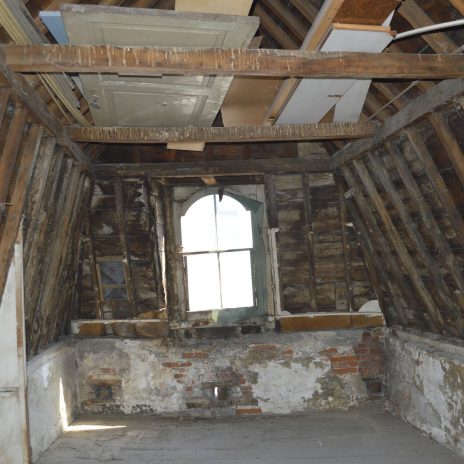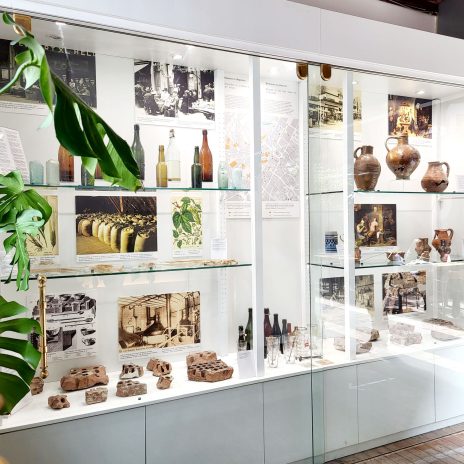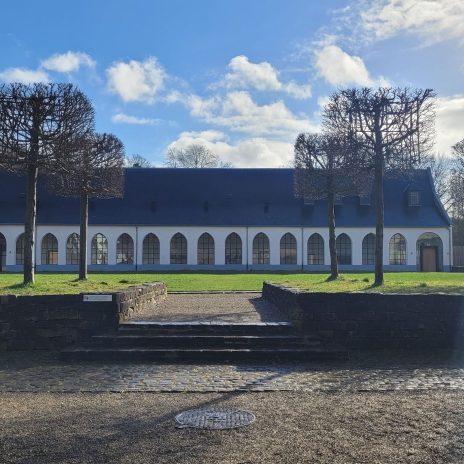The Halles Saint-Géry archaeological showcases
Place Saint-Géry 1, 1000 Brussels
The archaeological objects of the Urban.brussels collection are presented to the public at the Halles Saint-Géry in several showcases on the ground floor. The alternation of themes in the largest showcase makes it possible to…
The archaeological objects of the Urban.brussels collection are presented to the public at the Halles Saint-Géry in several showcases on the ground floor. The alternation of themes in the largest showcase makes it possible to show a multitude of objects from daily life, from prehistory to the present day. This showcase is currently dedicated to a selection of discoveries made in 2019 during the archaeological research in the Impasse Saint-Nicolas, at a stone’s throw from…
The archaeological objects of the Urban.brussels collection are presented to the public at the Halles Saint-Géry in several showcases on the ground floor. The alternation of themes in the largest showcase makes it possible to show a multitude of objects from daily life, from prehistory to the present day. This showcase is currently dedicated to a selection of discoveries made in 2019 during the archaeological research in the Impasse Saint-Nicolas, at a stone’s throw from the Grand-Place. At the end of the plot there was a white stone well dating from the second half of the 15th century. It was emptied to a depth of two and a half metres below the ground floor level. Its filling contained a wealth…










